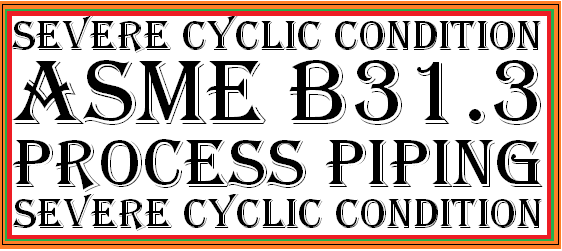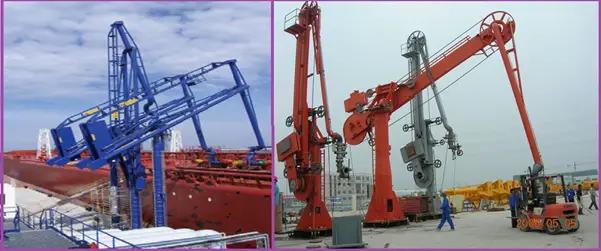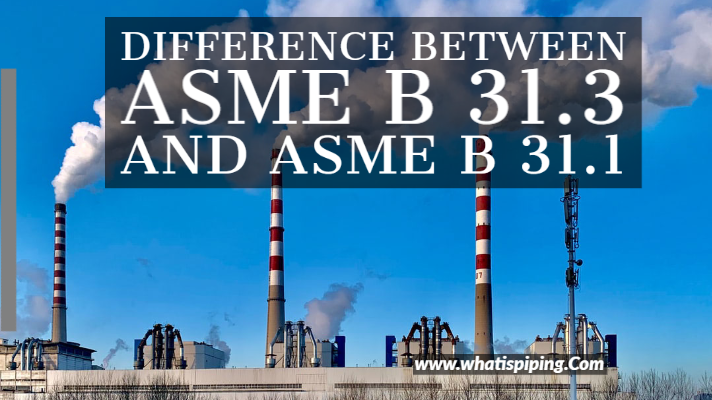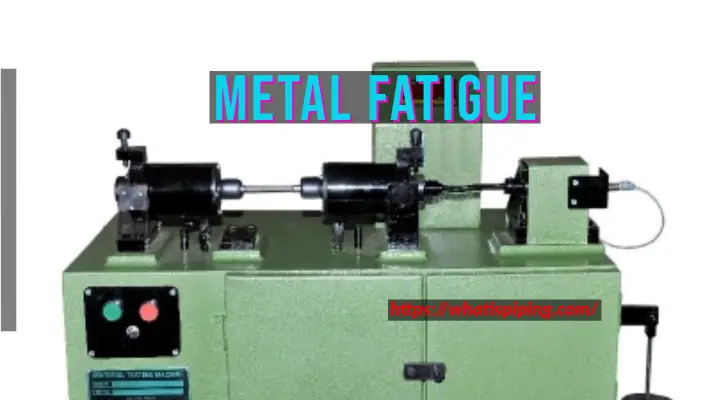Severe cyclic is not a fluid service. It is a condition where fatigue failures are more likely so additional precautions against fatigue failure are taken. As per ASME B31.3, it is a condition applying to specific piping components or joints for which the owner or the designer determines that construction to better resist fatigue loading is warranted. So, for systems where experience has shown fatigue is a greater concern, such as highly cyclic units, the owner or designer can designate severe cyclic service to get a constructed piping system that is more resistant to fatigue failure. So the rules only apply to the specific components or joints, not to the complete piping system.
For further clarification, the subject code clause F301.10.3 specifies that Designating piping as being under severe cyclic conditions should be considered when piping is subjected to both a high-stress range and many cycles. The phrase many cycles can be taken as when the stress range factor, f, is less than the maximum, fm. The phrase high-stress range is normally taken as when the calculated stress range approaches the allowable stress range. Examples include piping associated with batch chemical reactors that cycle more frequently than once a day and piping that has a reasonable likelihood of vibrating.
Frequently, failures occur at small branch connections attached to main piping runs that do not have a high-stress range. When experience shows that these small branch connections might be vulnerable to fatigue failure, consideration should be given to designating such piping as being under severe cyclic conditions.
More conservative approaches to designating piping as being under severe cyclic conditions should be taken when the fluid handled is toxic, flammable, or damaging to human tissue; when failure of the piping would be costly; and also when examination of the piping during operation or normal outages is impracticable.
If a component or weld is determined to be in severe cyclic conditions, the following additional requirements apply:

- The rules prohibit the use of less fatigue-resistant components and joints for use with severe cyclic conditions. Refer to clause 305.2.3 of B31.3 for pipes that can be used for severe cyclic conditions.
- Fittings that are forged, wrought, seamless, or welded (with 100% radiographic testing) or cast with factor Ec ≥ 0.90 can only be used for Severe cyclic conditions. Fittings conforming to MSS SP-43, MSS SP-119, and
- Proprietary “Type C” lap-joint stub-end welding fittings shall not be used under severe cyclic conditions. A flared lap is not permitted under severe cyclic conditions
- A miter bend to be used under severe cyclic conditions shall be made in accordance with para. 304.2.3 and welded in accordance with para. 311.1, and shall have an angle α (see Figure 304.2.3) ≤ 22.5 deg.
- A slip-on flange shall be double-welded when used under severe cyclic conditions.
- Unless it is safeguarded, a flange to be used under severe cyclic conditions shall be welding neck conforming to ASME B16.5 or ASME B16.47.
- Low yield strength bolting (Bolting having not more than 207 MPa (30 ksi) specified minimum yield strength) shall not be used for flanged joints under severe cyclic conditions.
- Split backing rings shall not be used under severe cyclic conditions.
- Socket welds larger than DN 50 (NPS 2) shall not be used under severe cyclic conditions.
- Expanded joints shall not be used under severe cyclic conditions.
- Taper threaded components (joints) of a specialty nature that are not subject to external moment loading, such as thermometer wells, may be used under severe cyclic conditions.
- If Straight threaded joints are used under severe cyclic conditions and are subject to external moment loadings, safeguarding is required.
- Brazed and Brazed welded joints shall not be used under severe cyclic conditions.
- Bell-type and gland-type joints used under severe cyclic conditions shall be safeguarded.
- Gray iron, Malleable iron, or high Silicone iron shall not be used under severe cyclic conditions.
- There are some fabrication requirements, such as 328.5.6 which states that “A welding procedure shall be employed which provides a smooth, regular, fully penetrated the inner surface.”
- 100% visual examination of fabrication is required
- 100% volumetric examination of butt and miter groove welds
- Socket welds and other branch connections welds examined by magnetic particle or liquid penetrant examination
- The acceptance criteria for welds are more stringent, for example, prohibiting any undercutting
- Corrosion can sharply decrease cyclic life; therefore, corrosion-resistant materials should be considered where a large number of major stress cycles are anticipated.
For further insight into the subject, readers are requested to click here and read a great article by Dr. Chuck Becht.
Few more Resources for You
Piping Stress Analysis Basics
Piping Design and Layout Basics
Piping Stress Analysis using Caesar II
Piping Stress Analysis using Start-Prof









Dear Anup Kumar Dey
I’m still confused about cyclic in piping process system but very very thanks about your this blogging due this blog i can read and study for all system process piping and i hope you will explan if i have question about piping process system, that why, cause i’m still beginner for this piping process system
Thanks a lot
Regards
Wandi S
What does SE and SA stands for in severe cyclic condition in piping ..
Also no.of cycles more than 7000 means? pls explain